Introduction
The Penn State Worry Questionnaire (PSWQ), developed in 1990 by Meyer TJ, Miller ML, Metzger RL, Borkovec TD, is a cornerstone in mental health research for assessing pathological worry, particularly in generalized anxiety disorder (GAD). With over 7,000 citations on Google Scholar, the PSWQ is widely recognized as the “gold standard” for measuring worry. due to its ability to evaluate the occurrence, intrusiveness, pervasiveness, and other defining characteristics of an individual’s worry experience. Unlike broader anxiety or depression measures, the PSWQ specifically isolates worry, making it a precise tool for both clinical and research applications.
Consequently, this article explores PSWG‘s features, applications, and significance for researchers and clinicians studying anxiety.
Key Features of the Penn State Worry Questionnaire (PSWQ)
Purpose and Use
The PSWQ is designed to measure the trait of worry in adults, focusing on its excessiveness, generality, and uncontrollability, which are hallmark features of GAD. It is primarily used for screening, diagnosis, and monitoring worry in clinical and research settings, distinguishing GAD from other anxiety disorders.
Target Population
The PSWQ is validated for adults aged 18 and older, including young adults (18–24), middle-aged adults (25–44), older adults (45–64), and seniors (65+). Its broad applicability makes it suitable for diverse populations in both clinical and non-clinical settings.
Structure
The PSWQ comprises 16 questions covering three key sub-domains:
- Excessiveness: The intensity and frequency of worry.
- Duration: How long worry persists.
- Uncontrollability and Distress: The difficulty in controlling worry and its emotional impact.
Responses are recorded on a 5-point Likert scale (1 = “Not at all typical of me” to 5 = “Very typical of me”), ensuring nuanced data collection.
Scoring Method
The PSWQ uses a Likert scale with a total score ranging from 16 to 80. Importantly, items 1, 3, 8, 10, and 11 are reverse-scored (e.g., “Very typical of me” = 1, “Not at all typical of me” = 5), while the remaining items follow standard scoring (e.g., “Not at all typical of me” = 1, “Very typical of me” = 5). The score interpretation is as follows:
- 29 or less: Not anxious or a worrier.
- 30–52: Bothered by worries but below clinical range.
- 52–65: Problems with worry, may benefit from treatment.
- 66 or more: Chronic worrier, likely needs treatment.
These ranges are not universally standardized and should be interpreted within the context of specific populations and settings.
Administration Format
The PSWQ takes less than 5 minutes to administer, making it highly efficient. It can be conducted via:
- Paper-based forms
- Digital (Online) platforms
- Mobile apps
Its self-administered format, requiring no specialized training, enhances its practicality for busy clinical environments.
Applications of Penn State Worry Questionnaire (PSWQ)
The PSWQ serves multiple purposes in mental health practice and research:
- Screening: Identifies individuals with problematic worry levels, excelling at distinguishing patients with generalized anxiety disorder (GAD) from those with other anxiety disorders, making it a valuable instrument for accurate screening in clinical and non-clinical settings.
- Monitoring: Tracks changes in worry over time, especially post-treatment.
- Treatment Planning: Guides clinicians in developing targeted interventions.
- Research: Widely used in clinical trials to evaluate anxiety interventions.
Its ability to isolate worry from broader anxiety and depression symptoms makes it invaluable for evidence-based practice.
Languages and Availability
The PSWQ is available in multiple languages, including:
- English
- Mandarin Chinese
- Spanish
- French
- Russian
- German
- Portuguese
- Japanese
This multilingual accessibility supports its use in global research and clinical practice.
The PSWQ is in the public domain, with no single publisher owning it. It is free for non-commercial academic and clinical use, though permission is required for commercial applications. This accessibility enhances its adoption in diverse settings without financial barriers.
Reliability and Validity
The PSWQ is highly reliable and valid, with a Cronbach’s alpha typically ranging from 0.89 to 0.94 across studies, indicating strong internal consistency. Additionally, its test-retest reliability is robust (r = 0.74–0.93), ensuring consistent results over time. Validation studies, such as the original 1990 study and subsequent research, confirm its ability to differentiate GAD from other anxiety disorders. For example, a 2008 study validated its sensitivity to treatment-related changes.
Validation Studies:
- Original Validation Study – Development and validation of the penn state worry questionnaire (link)
- The Penn State Worry Questionnaire—Past Day (link)
- Assessment of worry in children and adolescents: an adaptation of the Penn State Worry Questionnaire (link)
- Psychometric properties of the Penn State Worry Questionnaire for children in a large clinical sample (link)
Limitations and Considerations
However, despite its strengths, the PSWQ has a few limitations:
- Self-report: Respondents may be influenced by social desirability bias or subjective interpretation.
- Language Barriers: Availability in certain languages may limit its use in some populations, requiring further translations.
- Lack of Sensitivity to Change: Although coping desensitization plus cognitive therapy produced greater reductions in PSWQ scores than nondirective therapy, indicating specific sensitivity to cognitively oriented therapy, the PSWQ may not always detect subtle changes in worry severity.
- Narrow Focus (Limited Domains Covered): The PSWQ focuses specifically on worry, potentially missing broader anxiety or psychological domains.
- Age Restrictions: Validated only for adults aged 18 and older, it is not suitable for younger populations, though the PSWQ-C addresses this gap.
Other Versions and Related Questionnaires
- Alternative Versions of PSWQ
Thera are many versions, including:
PSWQ-C (children/adolescents)
PSWQ-A (8-item adult short form)
PSWQ-3 (a 3-item ultra-brief version with similar psychometric properties to the full 16-item version, making it a concise yet effective measure of pathological worry for time-constrained settings)
Penn State Worry Questionnaire—Past Day (PSWQ-PD)
- Complementary Questionnaires
Several tools complement the PSWQ, including: STAI (State-Trait Anxiety Inventory), Cognitive Somatic Anxiety Questionnaire, Beck Anxiety Inventory (BAI), Beck Depression Inventory (BDI), Test Anxiety Inventory (TAI), DASS-21 (Anxiety subscale), Hospital Anxiety and Depression Scale (HADS), GAD-7 Anxiety Test, PDSS Panic Disorder Test, SPIN Social Anxiety Test, OCI-R OCD Test, SMSP-A Phobia Test, SHAI Health Anxiety Test, PSWQ Anxiety Test.
Additional Resources
For more information on the PSWQ and to access the full questionnaire, visit the following resources:
- Download the PSWQ: PSWQ PDF
- Official Source: https://novopsych.com/assessments/diagnosis/penn-state-worry-questionnaire-pswq/
- Further Reading: https://www.sciencedirect.com/science/article/abs/pii/0005796790901356
Frequently Asked Questions (FAQ)
- Who can use the PSWQ?
Researchers, clinicians, and mental health professionals use the PSWQ for adults aged 18+ with worry or GAD symptoms. - How long does it take to complete the PSWQ?
The 16-item questionnaire typically takes less than 5 minutes, making it efficient for clinical and research use. - How is the PSWQ administered?
It can be administered via paper-based, digital platforms, or mobile apps, offering flexibility for diverse settings. - Is there any cost to using the PSWQ?
The PSWQ is free for non-commercial use. Commercial use requires permission from the publisher.
A word from ResRef about Penn State Worry Questionnaire (PSWQ)
The Penn State Worry Questionnaire (PSWQ) offers a reliable, validated, and comprehensive tool for assessing worry in adults. Whether you are a researcher evaluating GAD or a clinician improving patient care, the PSWQ reveals critical insights into worry’s impact. Consequently, it leads to better outcomes and informed treatment decisions.
References
- Meyer TJ, Miller ML, Metzger RL, Borkovec TD. Development and validation of the Penn State Worry Questionnaire. Behav Res Ther. 1990;28(6):487-95. doi: 10.1016/0005-7967(90)90135-6. PMID: 2076086. (link)
- Joos, E., Vansteenwegen, D., Brunfaut, E. et al. The Penn State Worry Questionnaire—Past Day: Development and Validation of a Measure Assessing Daily Levels of Worry. J Psychopathol Behav Assess 34, 35–47 (2012). doi: 10.1007/s10862-011-9265-2 (link)
- Chorpita BF, Tracey SA, Brown TA, Collica TJ, Barlow DH. Assessment of worry in children and adolescents: an adaptation of the Penn State Worry Questionnaire. Behav Res Ther. 1997 Jun;35(6):569-81. doi: 10.1016/s0005-7967(96)00116-7. PMID: 9159982. (link)
- Pestle SL, Chorpita BF, Schiffman J. Psychometric properties of the Penn State Worry Questionnaire for children in a large clinical sample. J Clin Child Adolesc Psychol. 2008 Apr;37(2):465-71. doi: 10.1080/15374410801955896. PMID: 18470782. (link)




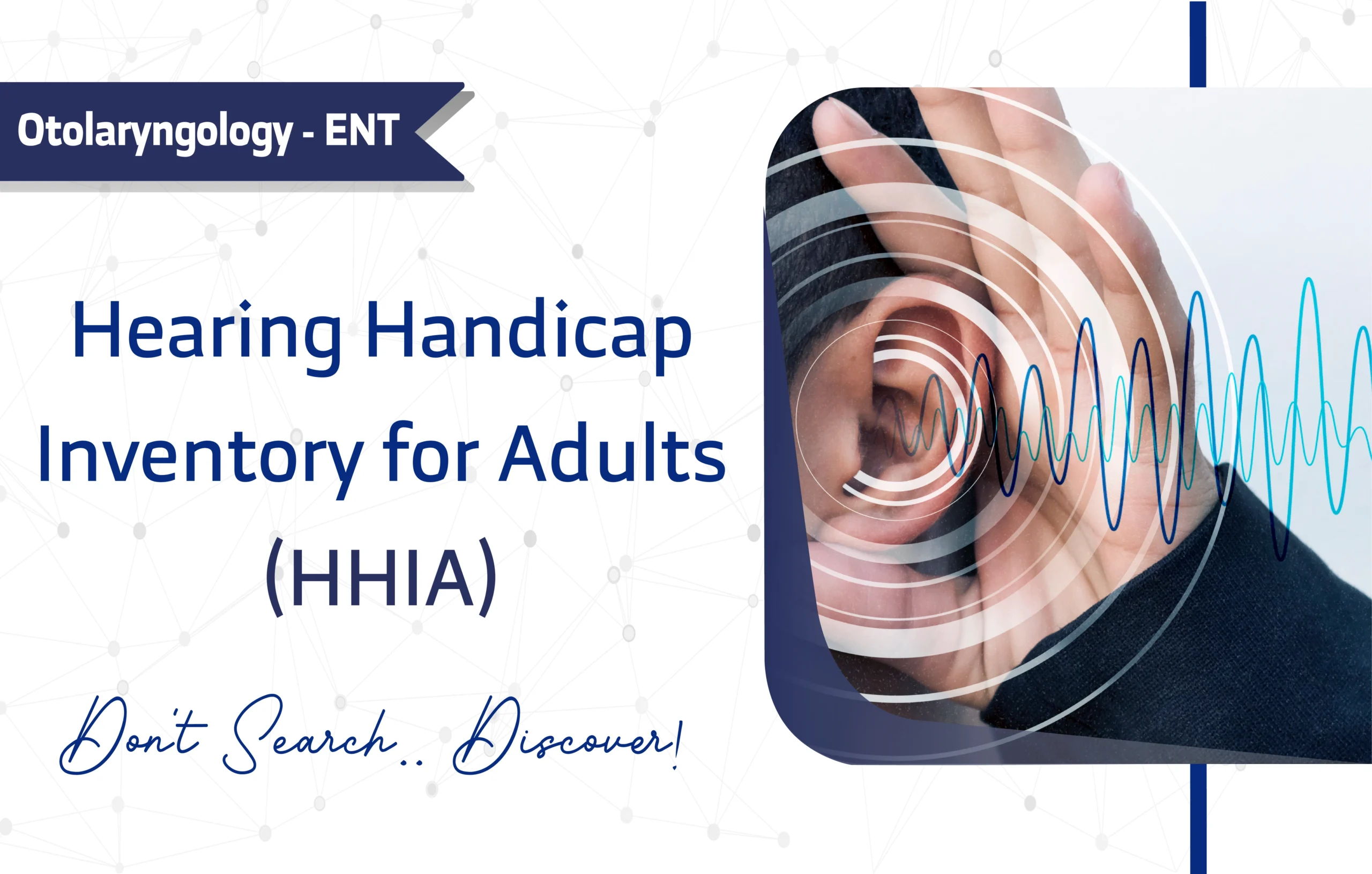
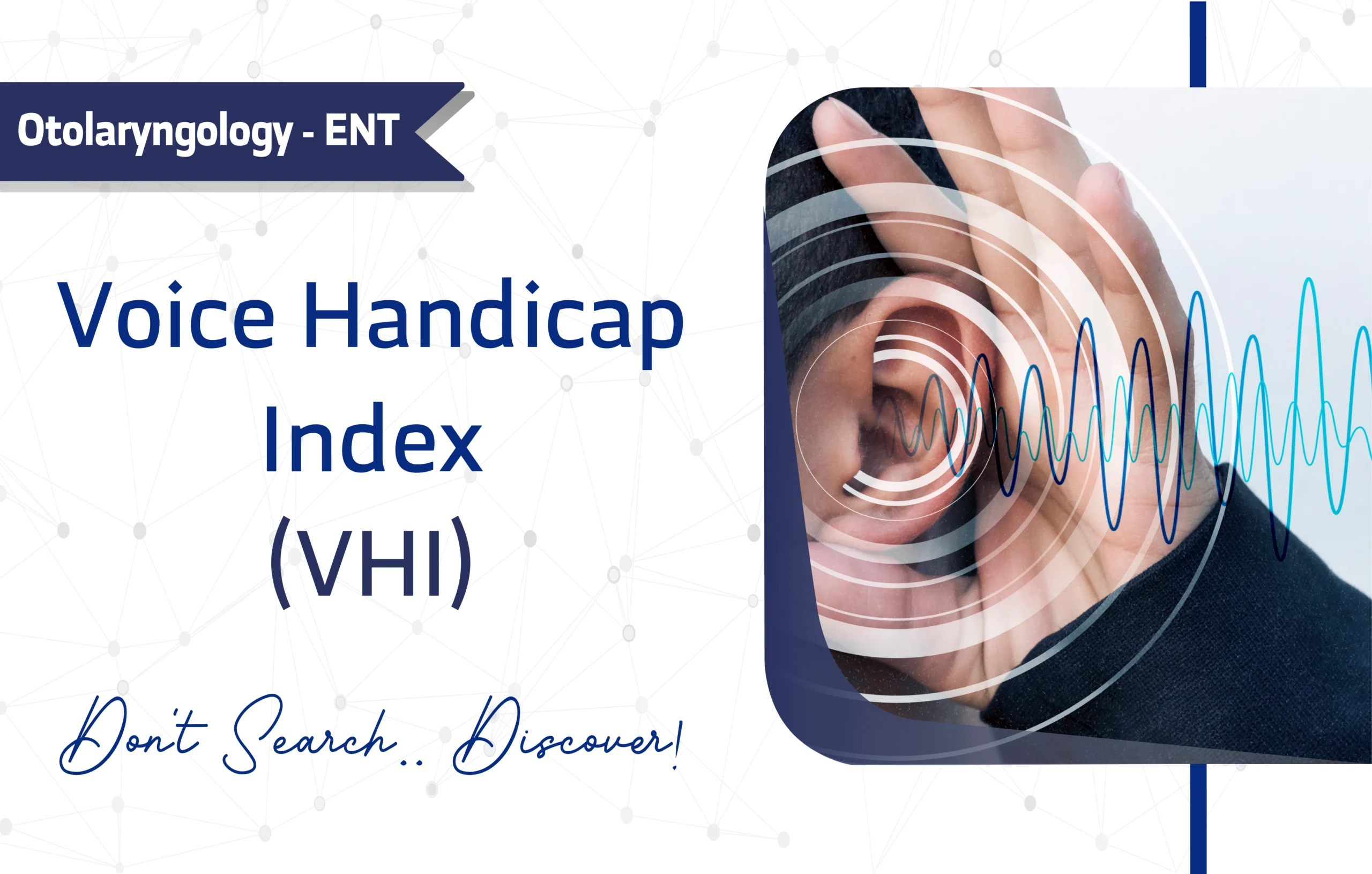
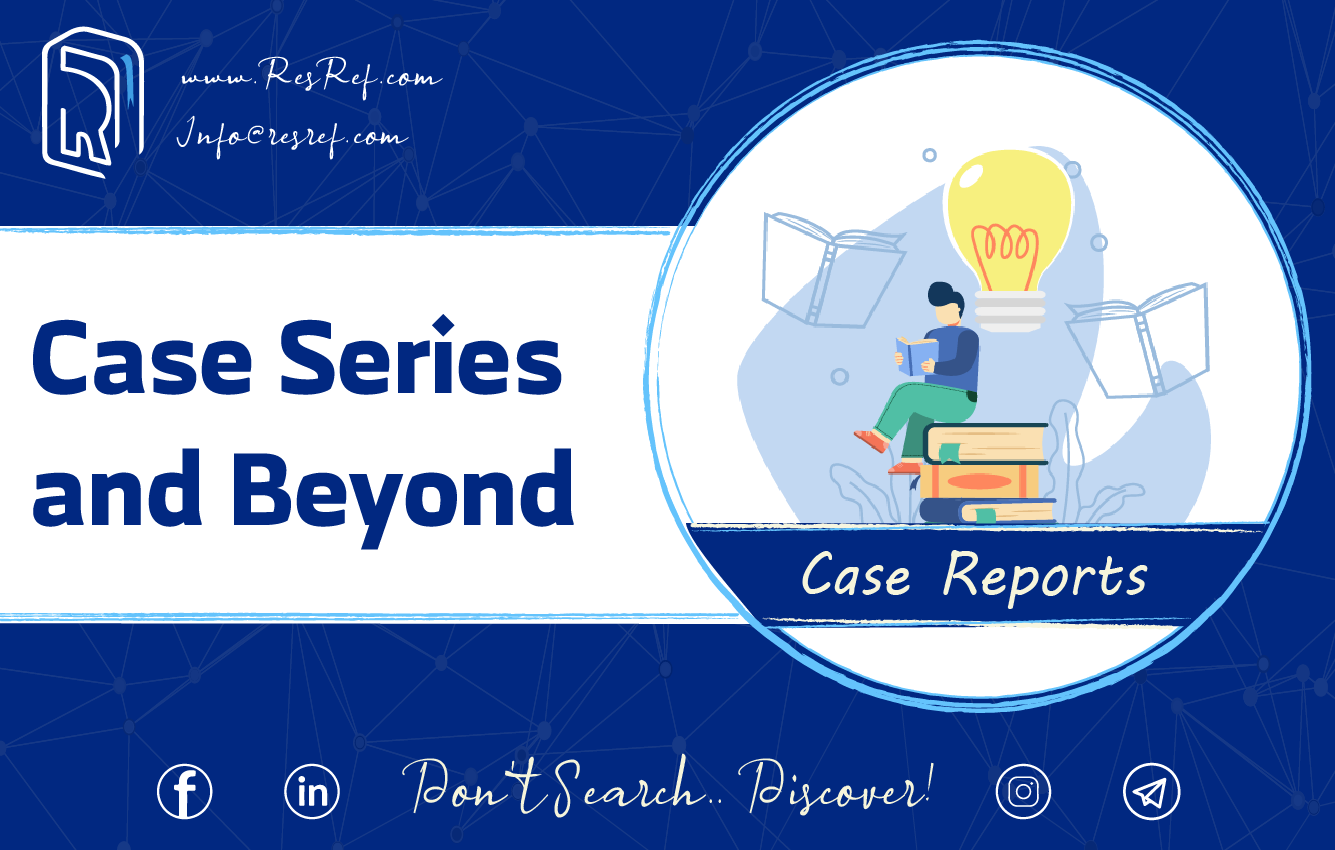
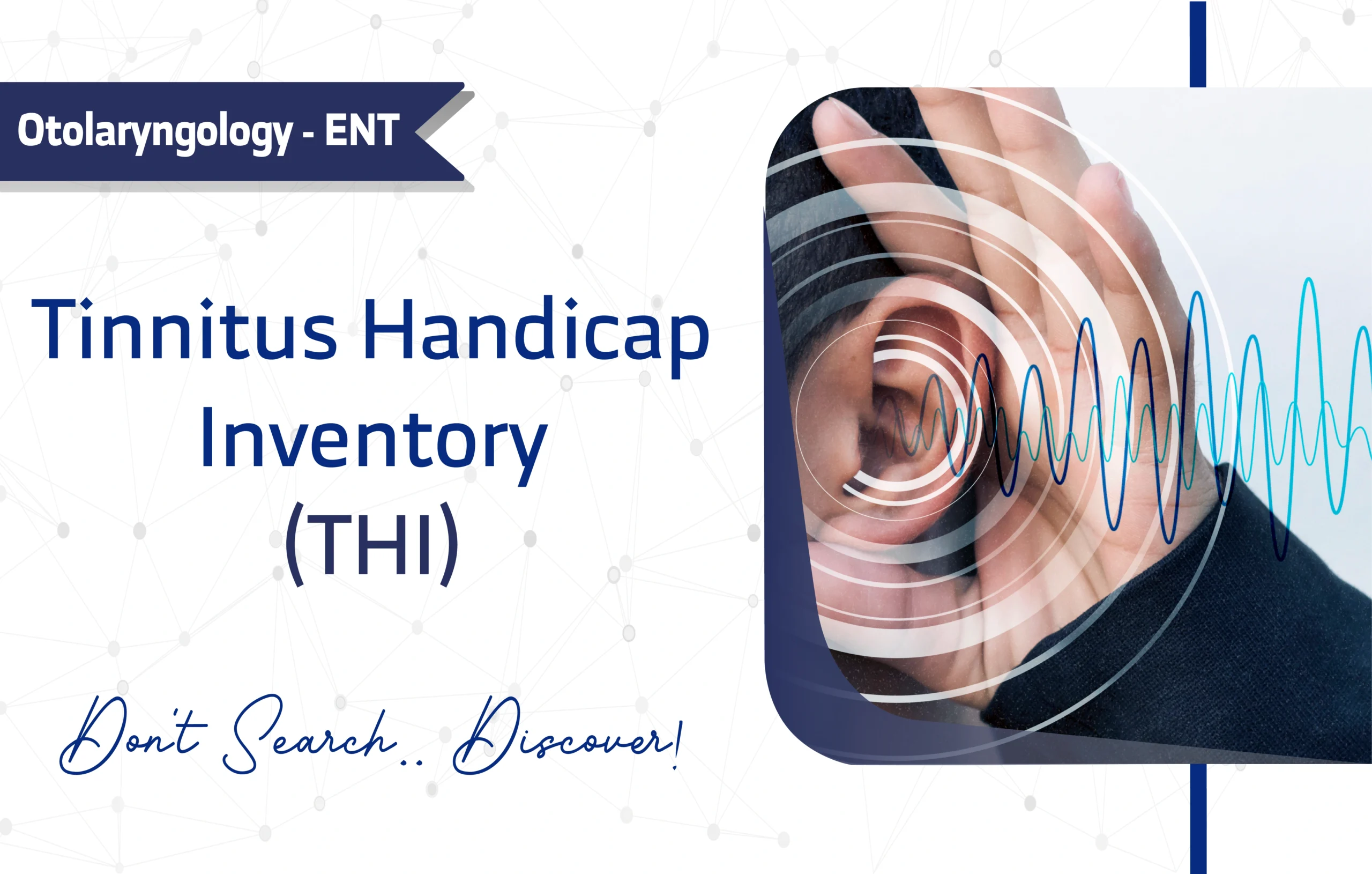
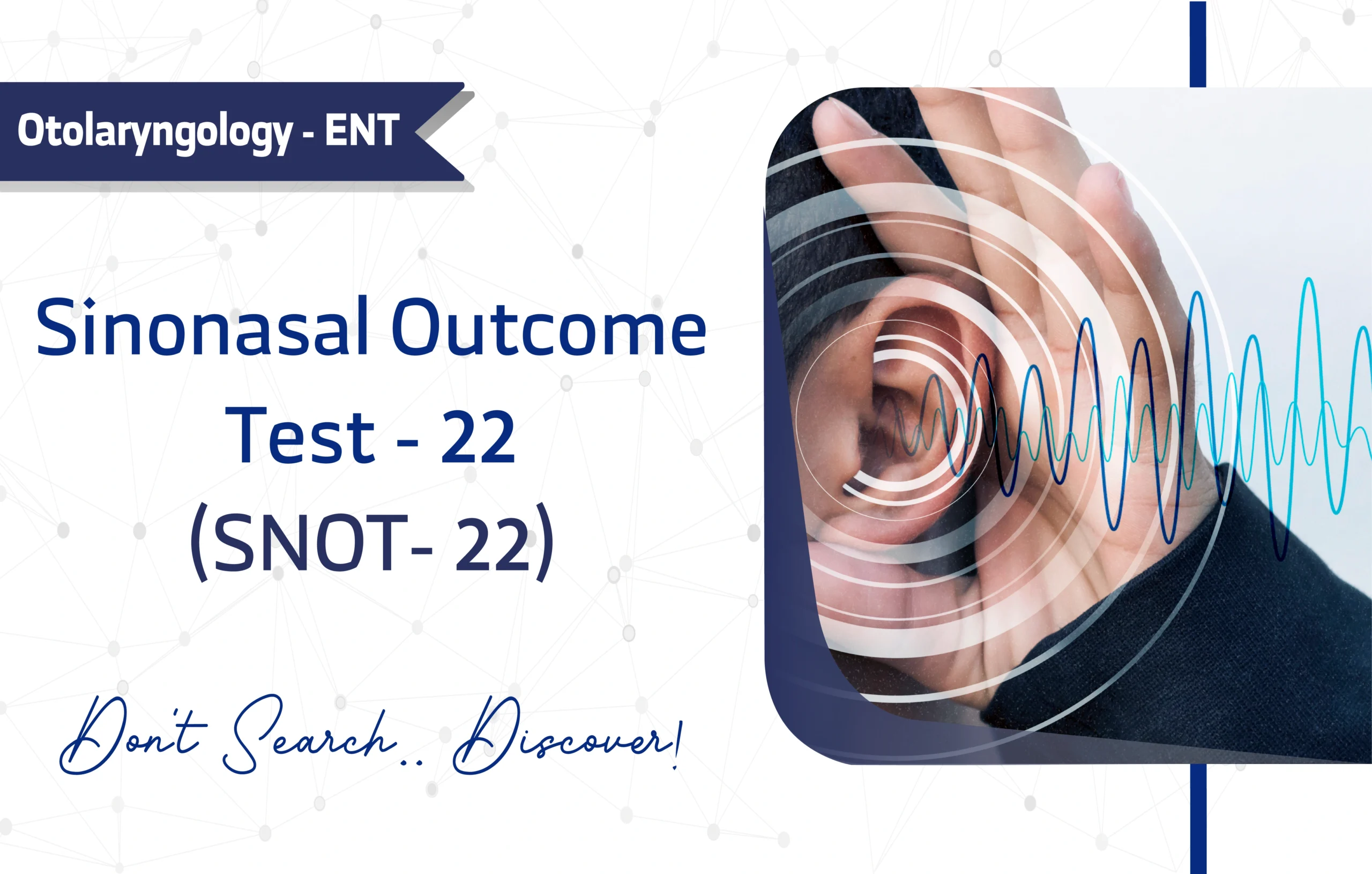
1 thought on “Penn State Worry Questionnaire (PSWQ): A Full Guide for Researchers and Clinicians”
This article is exceptionally well-written and deeply informative. It offers one of the most comprehensive overviews of the Penn State Worry Questionnaire (PSWQ) I’ve come across online. The explanations of scoring, validation, and clinical applications are clear and practical perfect for both researchers and mental health professionals. I also appreciate how the site presents complex psychological tools in such an accessible and well-structured way. Truly a valuable resource for anyone in the field of anxiety research.